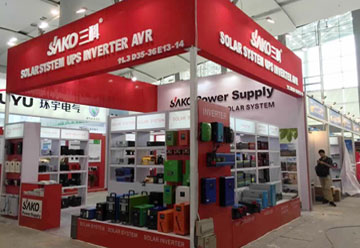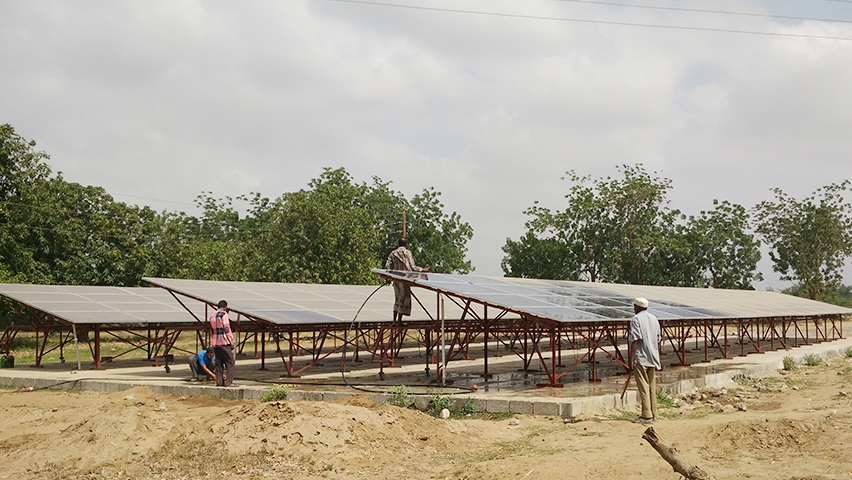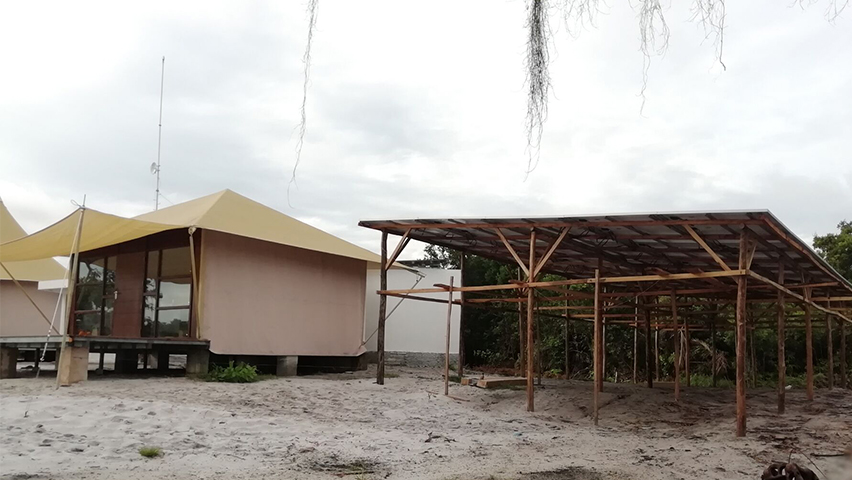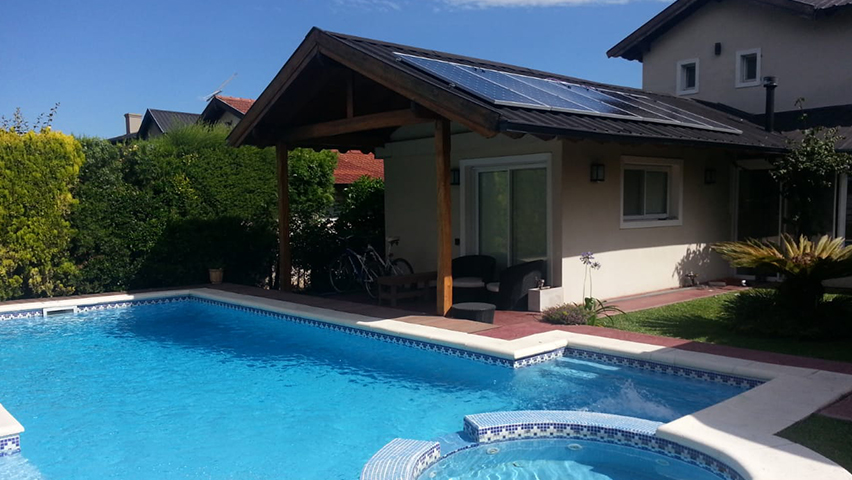In this article, the authors discuss how hybrid solar systems are often used and why it is more efficient to utilize them.

What is a hybrid solar system?
A hybrid solar system is a solar system that uses both solar energy and fuel. Hybrid solar systems are beneficial because they provide energy security and stability.
Why use a hybrid solar system?
- People who employ hybrid power supply systems may maximize their usage of renewable energy. Since standalone renewable energy systems are often built for times when the least amount of energy is produced, at other times, the system is overloaded. It may squander any extra energy produced during times of maximum solar radiation.
- It has excellent system viability. Changes in renewable energy sources may prevent an independent system’s power supply from keeping up with load demand. In other words, a power deficit issue exists. A hybrid system will significantly lower the rate of load power shortfall.
- More adaptability in load matching. Because the diesel generator can provide more power more quickly after employing the hybrid system, the hybrid system may be used for a wider variety of load systems, such as bigger AC loads, shock loads, etc. It may also more effectively match the system’s power production and load.
What makes a SAKO hybrid solar system effective?
A hybrid solar system is a solar system that uses both conventional solar panels and renewable energy sources such as wind and hydroelectric power. Hybrid systems are more efficient than separate conventional solar or renewable energy systems because they allow users to utilize two different energy sources.
Traditional solar panels use sunlight to generate electricity, but these panels only work in direct sunlight. In contrast, other energy sources can work even without sunlight. For example, hybrid solar systems use solar panels to generate and store electricity on sunny days, enabling backup energy in other special situations.
Conclusion
One of the most important aspects of any solar system is its ability to convert light into electricity efficiently. For example, hybrid solar systems combine two or more different types of energy. By doing so, the solar output can be maximized while minimizing environmental impact.






